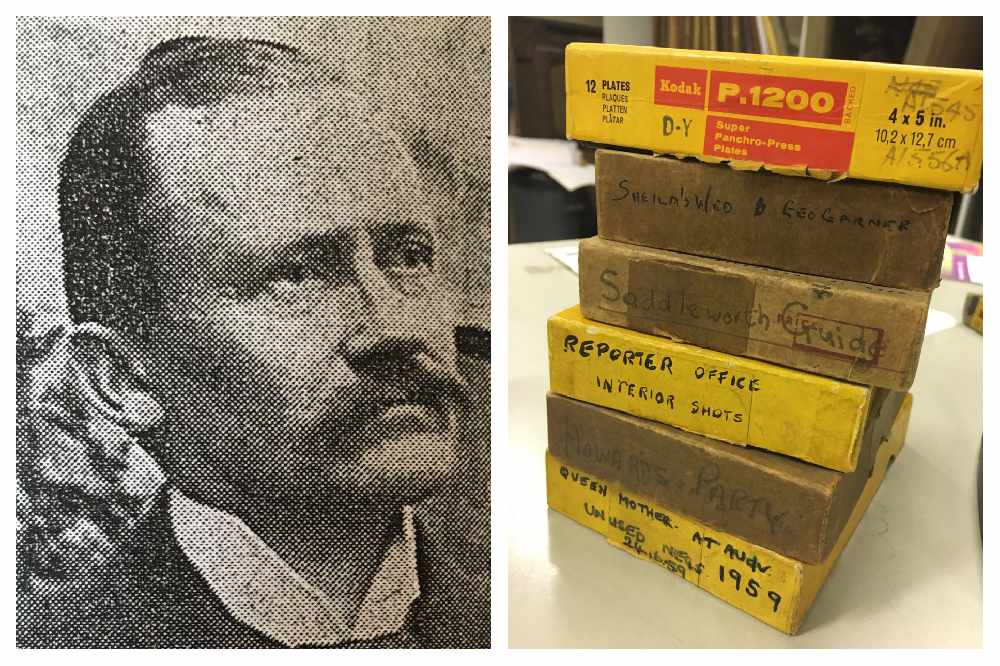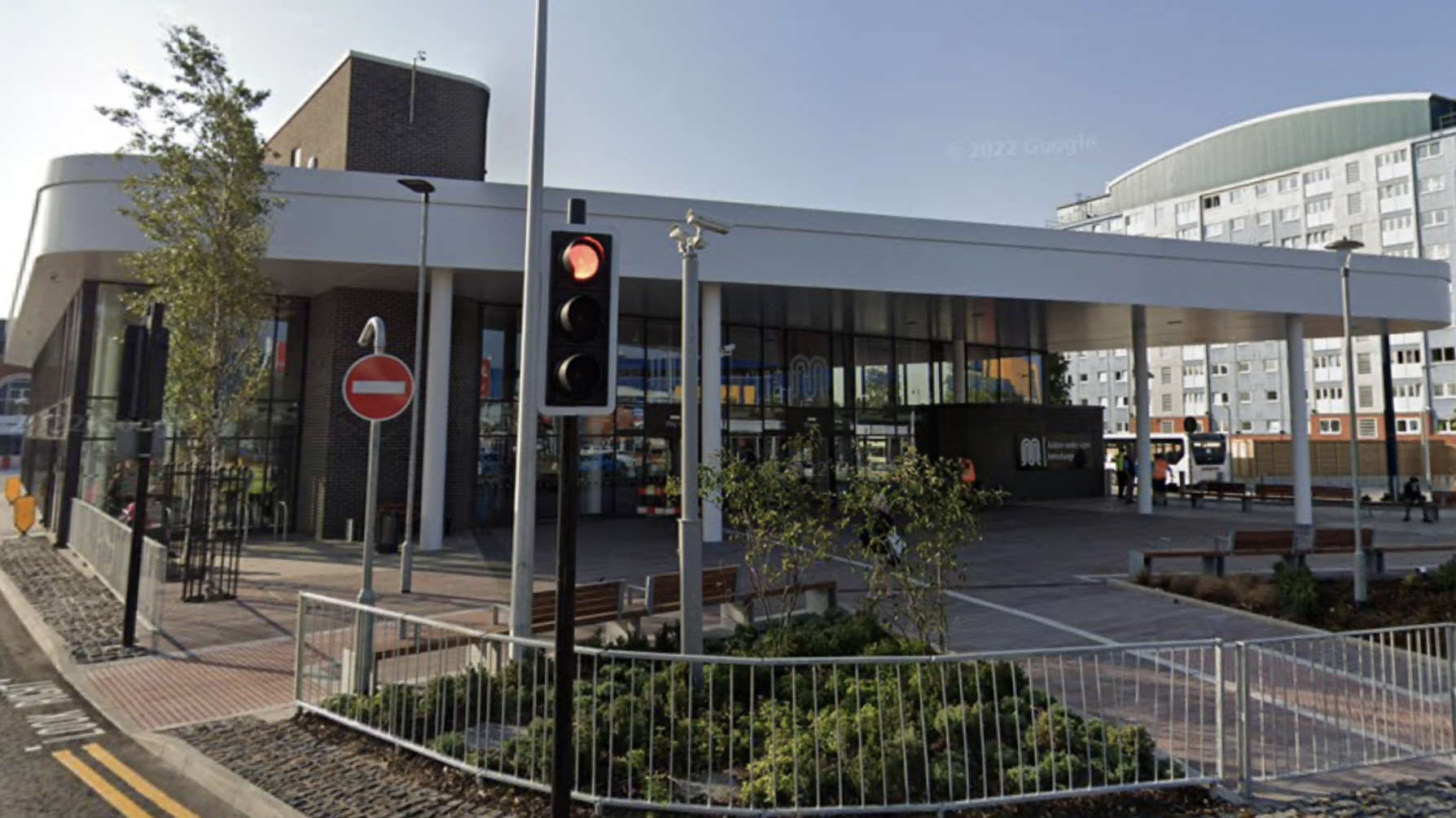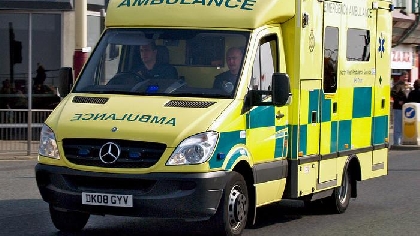
Volunteers are being asked to come forward to help digitise and catalogue the Tameside Reporter's huge photographic archive.
It's part of an exciting new project led by the Reporter in collaboration with Tameside Local Studies and Archives to help open a window on the borough's illustrious past.
Our huge photographic collections will be digitised through a grant secured by Tameside Council after applying successfully to the National Lottery Heritage Fund.
Many thousands of negatives – both glass and celluloid - cover several decades and go back to when our newspaper was known as the Ashton Reporter Group and owned by John Andrew and Co.
Andrew (pictured left), who died in 1916, is long forgotten but he was a highly successful businessman and laid the foundations for what would become Britain’s most successful series of local newspapers.
In the pre-internet days of 60 years ago, our group was selling 100,000 copies a week across an area ranging from Buxton to Mossley and Ardwick to Saddleworth.
Digitising and cataloguing the negatives will preserve the images for future generations and make them accessible for research purposes, allowing people to look back at events and stories in the Tameside area.
Of course, back on April 14, the Reporter celebrated its 165th birthday. On that date, exactly 165 years ago in 1855, the very first edition of the Reporter series rolled off the presses entitled the Ashton Weekly Reporter and subtitled the Stalybridge and Dukinfield Chronicle. Read more about our birthday here.
The Smile! project is currently on pause, but preparations and planning for digitising the negatives are still taking place.
Once it restarts, volunteers will be needed to help with the digitising and cataloguing.
Tameside Local Studies and Archives is home to full runs of most of the Reporter editions published from 1855. These include the bound paper copies – rescued in 1986 when the Reporter left Waterside Mill, Ashton, as well as microfilm.
The picture collection, which contains more than 50,000 items, came into the archive in 2014 during the Reporter’s move to Cavendish Mill in Ashton, from Park House in Stalybridge.
It’s hoped that at least 24,000 can be catalogued during the year-long project.
Digitising the negatives will provide a key visual record of Tameside’s 20th century past and help to preserve the collection, which is very high-risk in terms of damage and deterioration. This is especially true of the 19,000 glass negatives, which are extremely fragile.
The collection shows how filing methods varied at the Reporter from year to year and photographer to photographer. Some boxes have titles and information written on them. A number of diaries and index cards also exist.
When TownsWeb Archiving has finished digitising the glass plates, volunteers will be needed to add information including title and location and to research the back stories. A further 7,000 film negatives will go through the same process.
If you’re interested and want to get involved in digitising, cataloguing, researching places and events, writing for social media and the Reporter, improving your skills, meeting new people and being part of preserving the images for future generations, email jane.donaldson@tameside.gov.uk.
Follow @SmileTameside1 on Twitter or smiletameside1 on Instagram to see images and follow https://tamesidesop.wordpress.com for blog posts.


 One of the teens charged after "traumatising" Ashton bus station robbery has been named
One of the teens charged after "traumatising" Ashton bus station robbery has been named
 47 penalty notices issued and one arrest made on Ashton Metrolink in GMP crackdown
47 penalty notices issued and one arrest made on Ashton Metrolink in GMP crackdown
 Suspended sentence handed to violent Hyde stalker who turned his victim's life "upside down"
Suspended sentence handed to violent Hyde stalker who turned his victim's life "upside down"
 Ambulance downgraded call out to man who suffered a fit and later died in Tameside Hospital
Ambulance downgraded call out to man who suffered a fit and later died in Tameside Hospital

